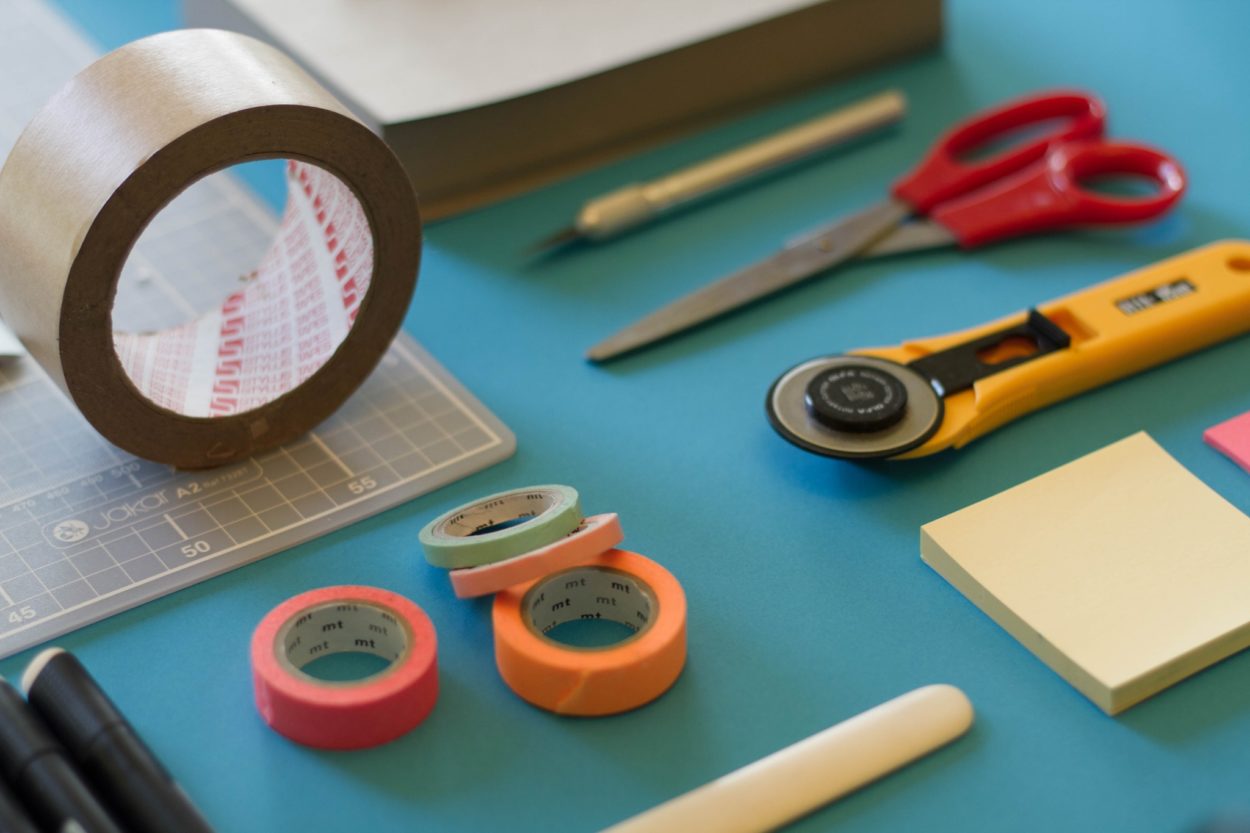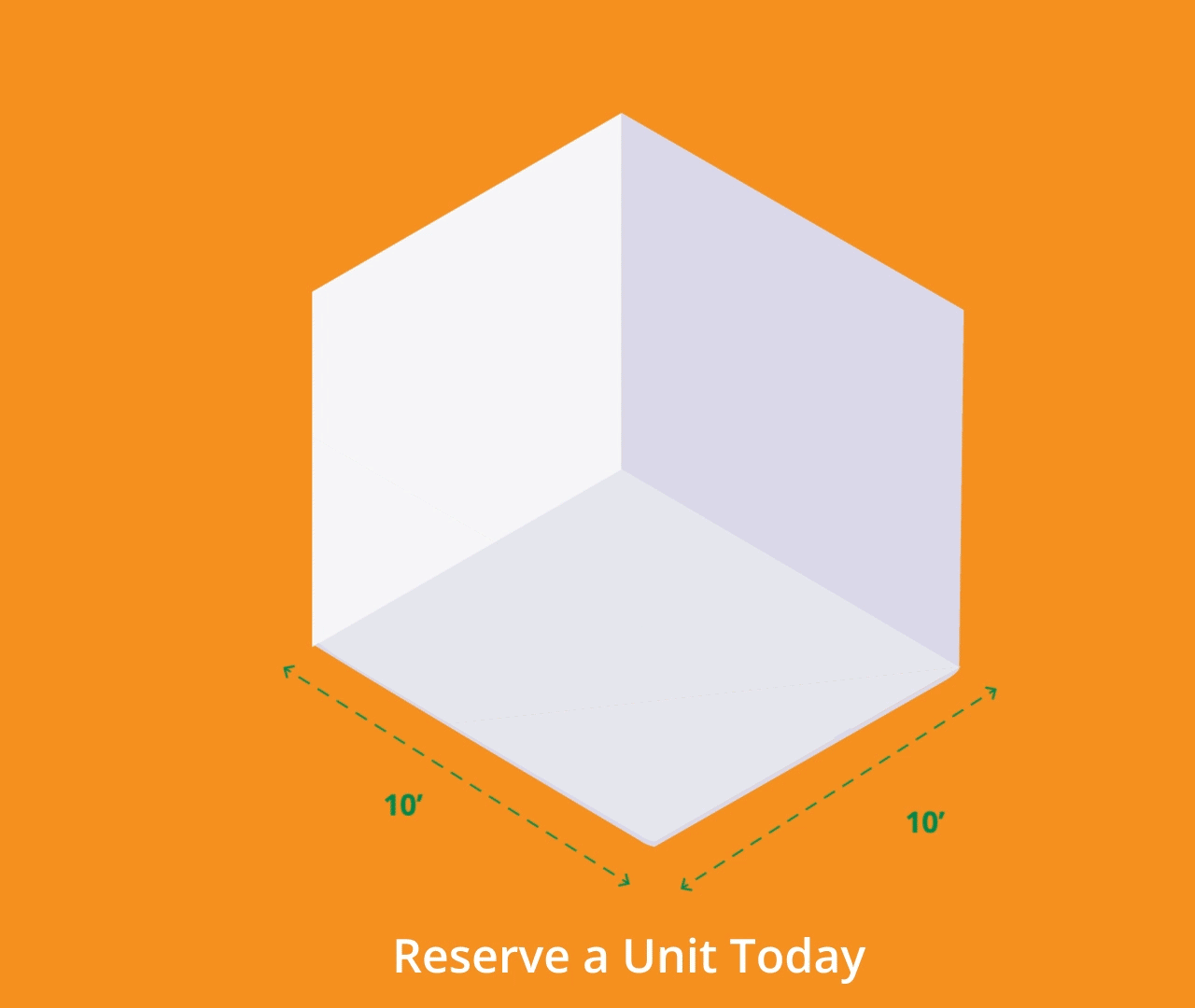-

Your Guide to Packing Supplies
Got a big packing project up? Maybe you haven’t moved in years and you’re looking for a refresher course on how to pack properly. Maybe you don’t want to pack at all. Perhaps you’re hoping that at this point in the 21st century someone has invented a newfangled packing solution that takes all the headache out of the moving process. Sadly, packing for a big move is still quite the ordeal. Thankfully, our moving and packing experts at Stor-It Self Storage are here with professional advice to make packing as easy as possible. Great packing starts with great packing supplies, and in this guide we’ll show you the best of the best.
A Few Pro Tips Before We Get Started:
- Get a pack of permanent markers. As you prepare for your move, you might only have moving out on your brain. But remember, you have to move in somewhere, too. Since you’re likely working with a bunch of boxes that look exactly the same, you’re going to need a way to differentiate your kitchen boxes from your bedroom boxes so that you and the movers only have to move each box once— not several times due to box mix-up. Get a pack of permanent markers and write big and bold descriptions of your boxes’ contents on your boxes’ sides. And don’t worry about potentially running out of permanent marker ink, because you, with packing on your mind, bought a pack of permanent markers rather than just one.
- Do as much pre-packing as you can. Moving is rarely just a flippant life decision. More often than not, it is planned out months in advance. Use that lengthy timeframe to your advantage. You have a lot of stuff. Not all of it is being used on a daily (or even weekly) basis. Start packing up the non-essential-to-daily-life items in the weeks leading up to the move. Packing up and moving your entire life takes a lot of hours in total. Make the packing process a far less daunting task by doing just a few hours of packing each week in the month leading up to your move. When moving week finally rolls around, you’ll have a much more manageable amount packing to do, not an overwhelming home’s worth of stuff to tackle.
- Put the pre-packed boxes out of sight: After packing a few boxes early on, be sure to put them somewhere out of the way that doesn’t drastically alter the Feng Shui of your house leading up to the move. Moving out of a place is usually already bittersweet if not stressful. No need to be reminded of that for the weeks leading up to a move by having to look at your already-packed-up life every other minute. You should spend these final days in your place being reminded of the good times you had there, rather than having to stare at boxes: reminders of your departure and the work that’s left to do. Furthermore, saving yourself the hassle of last-minute packing can become a hassle very quickly if you’re spending the month leading up to the big move always tripping over boxes in hallways, bedrooms, and on your way out the door. Find the unused, untrodden areas of your current place (the garage, you child’s walk-in closet, your utility room) and put your pre-packed boxes there.
Primordial Packing Supplies: Your Own Household Items
Moving is expensive and exhausting. From paying the movers and tipping the movers, to losing sleep and potentially losing a couple of workdays, there are a number of costs you’re going to incur by the time the packing process is completely finished. Don’t add to the monetary and emotional costs any more than you have to by investing in unnecessary packing supplies. Start off by using your own household items. Below, we’ll show you how.
Clothes, Blankets, and Sheets
Are you the sort of person who likes to roll up your shirts and put them in a drawer of your wardrobe? Great! Use that habit to your advantage. Roll up a selection of your smaller kitchen wares into your collection of gym shirts and hangout shirts. But don’t stop there. Use athletic shorts, wool socks, sweatshirts and sweatpants, tea towels, hand towels, beach towels — really any article of clothing that is soft, and pillowy if layered upon itself. If you’re going to use your more durable clothes to pack some of your more fragile (but, please, not your most fragile!) items, make sure that you have a proper packing method memorized and ready to go. One great place to learn how to pack your stuff away with clothes is YouTube. There, you’ll find highly-reviewed tutorials from professional movers and seasoned packers. Watch these visual, step-by-step breakdowns of how to pack clothes-wrapped valuables and you’ll never have to worry about picking shards of glass out of your favorite pair of basketball shorts. You can also check out our Storage Tips page for more packing and storage guidance.
Wondering which household items you shouldn’t use for packing? You should probably spare your primary pair of bed sheets the toil of being wrapped around a lamp or picture frame for the move. Nor should you use clothes you currently wear. Some things you just want to keep at their highest quality for as long as you possibly can. But your guest room or backup sheets? Your teenager’s cartoon sheets from last decade? Clothes you were going to donate anyway? These are perfect options.
Trash Bags: A Contentious Mover’s Best Friend
Got packable stuff that’s fairly light and can handle getting banged up a little bit in the moving process? Kids toys are usually fairly light, bulky and pretty hard to break — after all, they need to be to put up with the abuse that kids do to them. Other durable items include most sports equipment, your tennis shoe collection, your teddy bear collection from 1975, and many other heavily-used items around your house. Use trash bags to move these lightweight, durable items. There’s no reason why you need to put every last thing that you’re moving into a box surrounded by a bunch of packing materials. Some stuff just needs to get from one place to another and it doesn’t really matter how it gets there. In these instances, opt for the cheapest, easiest and most logical means. Get it there in a trash bag.
When searching for trash bags, steer clear of any sort of scented trash bag or you’ll run the risk of having your stuff smelling like artificial flowers. Instead, search for unscented trash bags that are designed to stretch a lot without ripping. Getting stretchable bags will help ensure that no matter which way the pointy end of your son or daughter’s squirt gun is directed, it won’t rip the bag and prematurely spill the entire contents of the playroom out on the front lawn. You already have to deal with so much stress while moving; don’t compound that stress by hauling your less-valuable goods in shoddy trash bags. Also, it’s a better idea to use white trash bags as opposed black ones so that you can label what’s inside the bag using just a marker.
Packing Peanuts or Bubble Wrap?
Knowing how to pack your loose, fragile items is an art in itself. Most people will use either packing peanuts or bubble wrap. Many choose the packing peanut route in an effort to make things easy. Just pour a bunch of peanuts into a box, bury some of your valuables in said box, tape it up, mark it and move on to the next box. Bubble wrap takes more time but, provided proper wrapping protocol is executed, it does the job better. However, sometimes individually wrapping up hundreds of valuables may not be what you want to do.
There are two types of packing peanuts: starch-based peanuts that are biodegradable and polystyrene-based foam peanuts that are non-biodegradable. Just like most things that are good for the earth these days, the starch-based degradable packing peanuts are more expensive than the foam ones that you remember from your childhood. The good thing for you though is that packing peanuts are a valuable resource in the moving world, so no matter if you get the starch peanuts or the foam peanuts, you’ll be able to recycle them at your local shipping center. You might even be able to work out a deal with the owners of the shipping store to get some money back for your packing peanuts.
Sadly, the inventors of bubble wrap have yet to invent a biodegradable, starch-based bubble wrap, so no matter what sort of wrap you get, it’s going to be made of plastic. If you’re bubble wrapping your items, make sure you have a way to wrap your items together quickly and effectively. You’re going to be wrapping and unwrapping a lot of valuables, and you don’t want the hardest parts of your move to be these steps. Invest in a shipping tape dispenser for easy tape application. Many scotch tape brands nowadays will sell their tape on one-time use dispensers, which work well for the price. Also, be sure get a utility knife for cutting your items out of the bubble wrap. Decide on if you’re going to be needing large bubble wrap (for larger pieces) or small bubble wrap (for small, delicate items like collectibles) or if you’ll need both. Bubble wrap is sold in large rolls, so once you start wrapping, you’re going to keep wrapping.
Extra Fancy Stuff? Protect It With Excelsior
You’ve seen the archeologist-themed movies. The characters pull the top off of a wooden crate and the super-valuable old item of interest is buried in a large heap soft twine-looking stuff. That stuff is the subject of this section. It’s called Excelsior (also known as wood wool), and it’s the Aston Martin of packing materials. If you have valuables, it’s going to be your best bet. Excelsior is made of strands of wood that are cut extremely thin. Don’t worry about getting splinters — excelsior is very soft, non-allergenic, and very clean.
Lot of Dishes? Do You Know Anything About Dish Barrel Boxes?
We’ve laid out various methods of packing away some of your dishes up to this point. But what about your fine china glasses and wine glasses? Look into purchasing a couple of dish barrel boxes. Dish barrel boxes are boxes that are filled with smaller, tic-tac-toe looking boards made from cardboard that keep individual pieces of glassware in their own compartment, thus keeping the glasses from ever touching each other. When you’re done transporting your dishes with your dish barrel boxes, turn them into Christmas-ornament-holding boxes. You’ll never have a broken glass on your move, and you’ll also never have to worry about where to keep your Christmas ornaments.
Keeping Things Together: Paper Tape and Stretch Plastic Wrap
You’re bound to be taping a lot of boxes together over the course of your move. You want a pro tip from professional movers? Here it is: don’t use the clear moving tape. “Why?” you ask might ask, “it even has the word ‘moving’ in the title.” Since the advent of moving tape, there have been major advances in the world of tape for boxes. Look no further than the box from your latest Amazon purchase. They use paper tape so that customers can rip open their purchases by hand rather than needing a go into the kitchen to grab a knife to slit the tape open. Paper tape is strong enough to hold your box together throughout your move but delicate enough to be ripped open by nearly any set of hands.
Good movers tend to always bring their own stretch plastic wrap to wrap up armoires, cabinets, dressers, and anything that might have moving pieces to it. If you’re getting movers to move your stuff, check in with them and see if they’re doing the right thing with plastic wrapping up your furniture. If they aren’t, get your own stretch plastic wrap to make sure your stuff is being moved the right way. If you’re having your friends help you with the move instead of movers, all the more reason to get a roll of stretch plastic wrap yourself.
How to Recycle/Reuse Your Packing Supplies When You’re Done With the Move
Once the move is all over, you’ll find yourself with a host of supplies that you likely no longer need. Quickly check to see if you can repurpose boxes and/or wrap for storage in your home or in a self-storage unit. After that, ask around to see if friends or family might need packing supplies. Got unused boxes? Your packing supply supplier will likely buy the extras back. For everything else, place them in your recycling bin or take them to a local recycling center.
Get More Packing Tips and Purchase High-Quality Packing Supplies at Stor-It
No packing process is complete without packing supplies. Get the best of the best from our team here at Stor-It. At each of our 14 Idaho self-storage locations, we proudly offer packing and moving supplies for sale on site. Need more packing advice? Contact us to speak with a professional from our team, and reserve your unit here at Stor-It today!
-
Receive Updates
Proudly Serving Idaho's Finest












